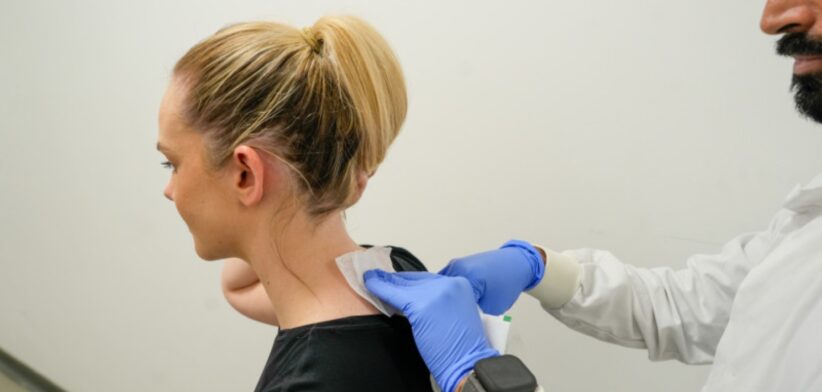New skin swabs could detect Parkinson’s disease up to seven years before symptoms appear.
Researchers in the United Kingdom are developing non-invasive sampling methods to detect early signs of the disease by analysing the chemical makeup of skin.
Professor Perdita Barran, from The University of Manchester, said a recent study found compounds found in sebum, the oily substance produced by our skin, held key biomarkers for identifying Parkinson’s in its earliest stages.
Professor Barran said scientists analysed skin swabs from participants with Parkinson’s, healthy volunteers, and those with a sleep disorder called isolated REM Sleep Behaviour Disorder (iRBD), a known early warning sign of Parkinson’s disease.
She said the results showed that people with iRBD had distinct chemical profiles in their sebum that were different from healthy individuals, but not yet as pronounced as those with established Parkinson’s disease.
“This supports the idea that Parkinson’s disease leaves a detectable trace on the body well before physical symptoms appear.
“This is the first study to demonstrate a molecular diagnostic method for Parkinson’s disease at the prodromal or early stage.
“It brings us one step closer to a future where a simple, non-invasive skin swab could help identify people at risk before symptoms arise allowing for earlier intervention and improved outcomes.”
Read the full study: Classification of Parkinson’s disease and isolated REM sleep behaviour disorder: delineating progression markers from the sebum volatilome.








